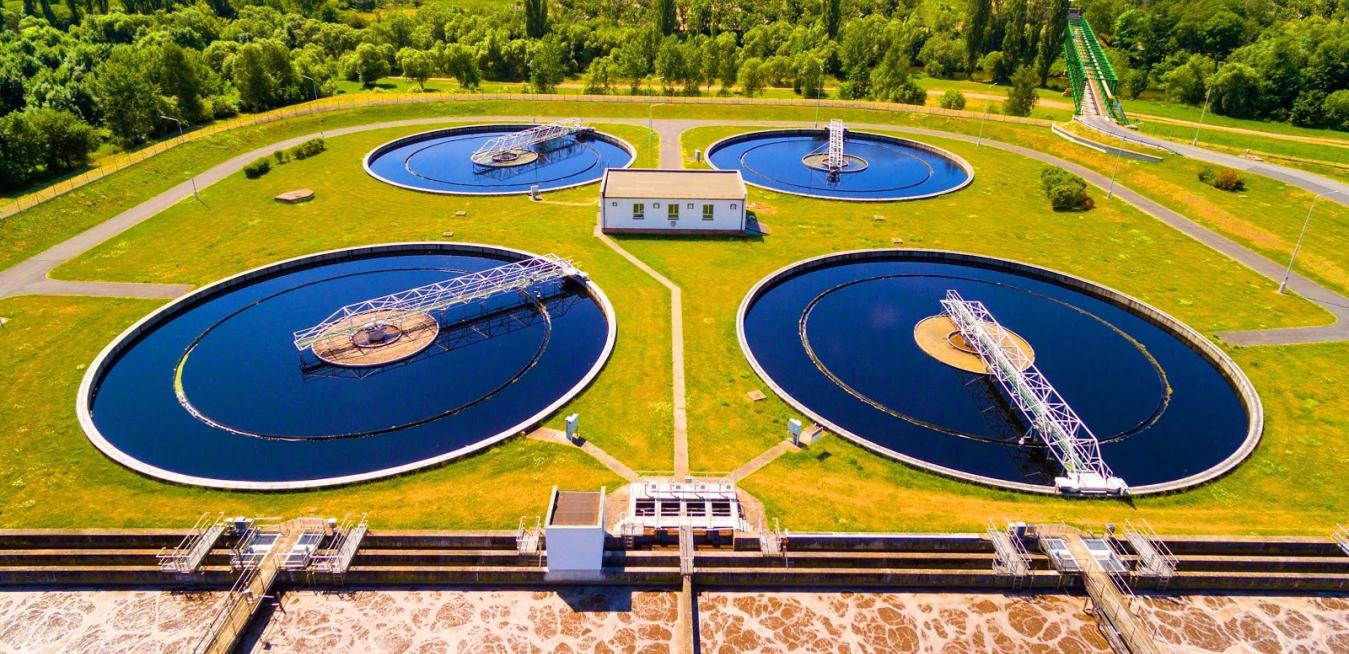In the future, human can travel to Mars and beyond by a fusion rocket or wastewater can be upcycled to produce hydrogen? The impossible ideas become possible. Don’t miss out the 5 coolest things on Earth this month.

GE Healthcare’s Voluson E10 – an ultrasound machine doctors use to diagnose tiniest hearts. It leverages 2D, 3D and color Doppler imaging capabilities to visualize the fetal heart, with the ability to gather more data and use more processing power than previous versions. The ultrasound’s software relies on algorithms to improve the quality of images and generate them faster, while also requiring fewer steps for technicians.
Doctors can see a fetus’s cardiac structures in high definition, enabling them to diagnose heart defects during routine second-trimester anatomy scans. Specialists can potentially detect anomalies as early as the first trimester of pregnancy using the technology.

An Australian research team has produced hydrogen gas, much sought as a renewable energy source, solely from wastewater. Image credit: RMIT University.
What is it? Researchers at Australia’s RMIT University have patented a technology that upcycles biosolids and biogas from wastewater to produce hydrogen — a truly sustainable approach to supplying clean energy.
Why does it matter? Creating hydrogen from sewage draws on an abundant and endlessly renewable resource. RMIT University, which revealed the technology in the International Journal of Hydrogen Energy, says “the method also traps the carbon found in biosolids and biogas, which could in future enable a near zero-emission wastewater sector.”
How does it work? The process begins with converting biosolids to biochar, a carbon-rich material commonly used in agriculture. The biochar then goes to work by decomposing biogas, breaking it down into its component elements, hydrogen and carbon. A special reactor, also developed by RMIT, converts the carbon into another derivative, which the university says has potential for environmental, agricultural and energy storage applications.

A new, light-driven 3D-printing process could make manufacturing much more flexible. Image credit: Northwestern University.
What is it? Engineers at Northwestern University are using light to make 3D printing faster and more precise. The technology, when used with an advanced robotic arm, allows for more freedom of movement, enabling “the printing of more complicated structures,” a news release says.
Why does it matter? 3D printing typically makes parts by following a digital design. By finding a way to manipulate the design at the point of production, engineers are hoping to make the method more flexible. “Now we have a dynamic process that uses light to assemble all the layers but with a high degree of freedom to move each layer along the way,” says lead researcher Cheng Sun. The study was published in the journal Advanced Materials.
How does it work? The new process draws on advancements in both materials and mechanics. It starts with a light-activated liquid polymer. “Shining light on the liquid polymer causes it to crosslink, or polymerize, converting the liquid to a solid,” Sun says. The high-precision robot arm offers “the freedom to move, rotate, or dilate each layer as the structure is being built,” according to the university. Sun says the printing process could apply to both additive and traditional (subtractive) manufacturing in the future, “providing a bridge toward a truly hybrid process.”

Networks that keep "learning" beyond their training phase could extend AI capabilities in the future. Image credit: Jose-Luis Olivares, MIT.
What is it? An MIT researcher has developed a “liquid” neural network that responds and learns continuously over time. The machine-learning technology, which adapts to changing data inputs, could help bring artificial intelligence to applications like self-driving cars that process unpredictable data.
Why does it matter? Time series data (those which vary over time) are central to numerous real-world applications, including medical diagnostics, financial markets, autonomous driving and visual and language processing. “The real world is all about sequences,” says Ramin Hasani, an MIT postdoctoral student and lead author of a new study on flexible neural networks. “Analyzing these data in real time, and using them to anticipate future behavior, can boost the development of emerging technologies,” MIT said in a news release.
How does it work? Neural networks are algorithms that learn by analyzing a set of “training” data. But the real world isn’t a training camp — it’s constantly changing. So Hasani coded his liquid network with variable parameters that “change over time based on the results of a nested set of differential equations,” the university says. “We think this kind of network could be a key element of future intelligence systems” Hasani says.

Princeton physicist Fatima Ebrahimi with an artist's rendition of a fusion rocket. Image credit: Elle Starkman, PPPL Office of Communications, and ITER.
What is it? Plasma — electrically charged gas that’s considered the fourth state of matter — is at the heart of a new rocket thruster design that could propel spacecraft to Mars and beyond.
Why does it matter? Earthlings have got their eyes on the red planet. NASA’s Artemis program, for instance, aims to put humans back on the moon by 2024 and then use it as a jumping-off point for trips to Mars. Even when they’re lined up closest, though, the minimum distance between Earth and Mars is about 34 million miles, so it’s a bit of a trip. Technology like the plasma-propelled engine conceived by Princeton Plasma Physics Laboratory’s Fatima Ebrahimi — who describes it in a paper in the Journal of
Plasma Physics — could speed things up a bit.
How does it work? Currently “space-proven” plasma thrusters use electric fields to propel particles of plasma out the back of a rocket. But Ebrahimi’s advance relies on a process called magnetic reconnection, “in which magnetic fields converge, suddenly separate and then join together again, producing lots of energy,” according to PPPL. Ebrahimi said, “Long-distance travel takes months or years because the specific impulse of chemical rocket engines is very low, so the craft takes a while to get up to speed. But if we make thrusters based on magnetic reconnection, then we could conceivably complete long-distance missions in a shorter period of time.”





